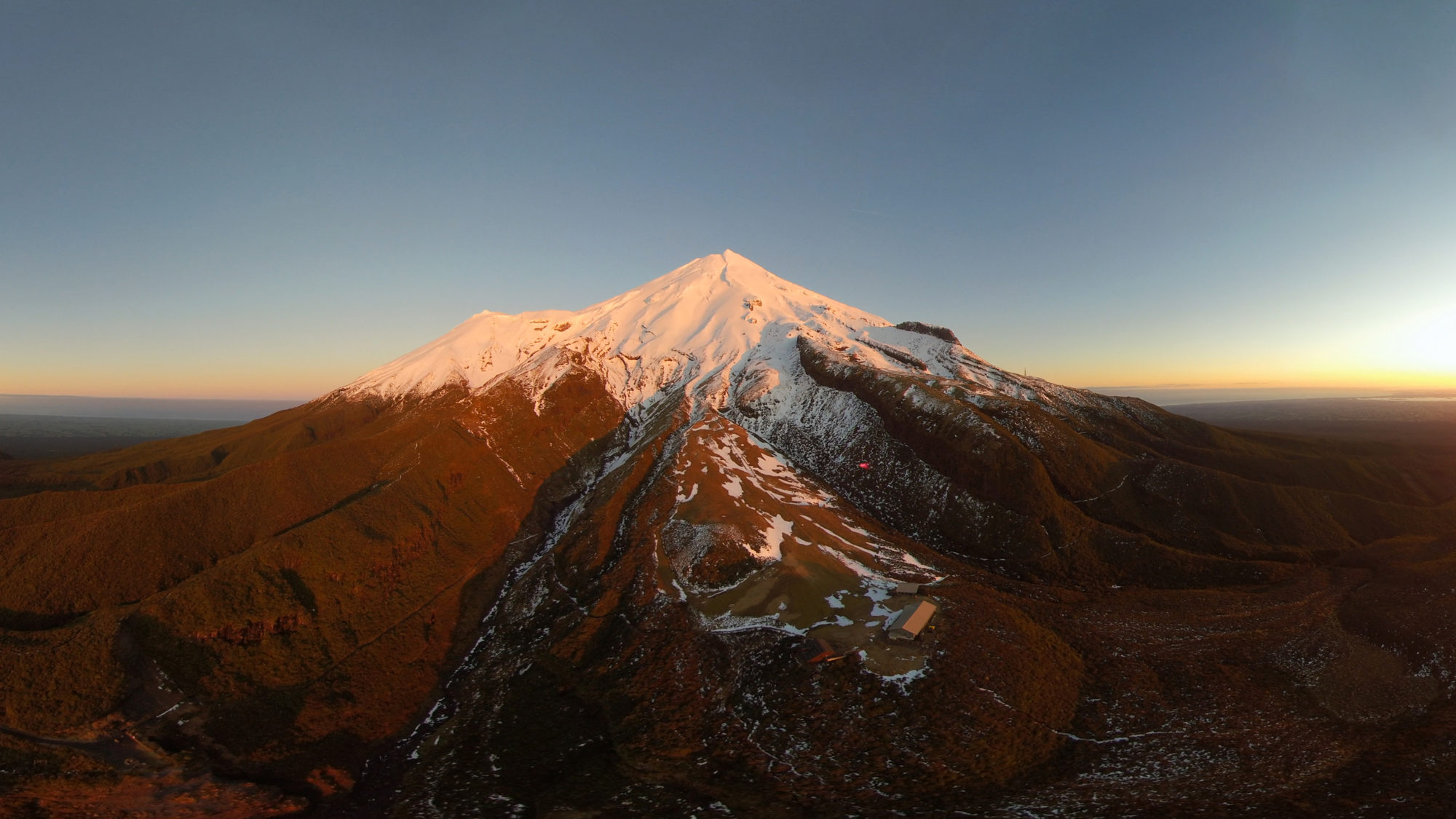


LOADING

![]()
![]()
Northern Arch, Poor Knights
Stingray swarm
Northern Arch is a 40-metre-deep cut in a sheer rock wall at the northern end of the Poor Knights. Like a busy city alley it attracts hoards of life—thousands of fish, and for a month or two every five to ten years, massive aggregations of short-tailed rays.
The largest stingrays are the size of dining tables, but they are as docile as they are large, content to slide over a diver or come within arms-length of a snorkeler.
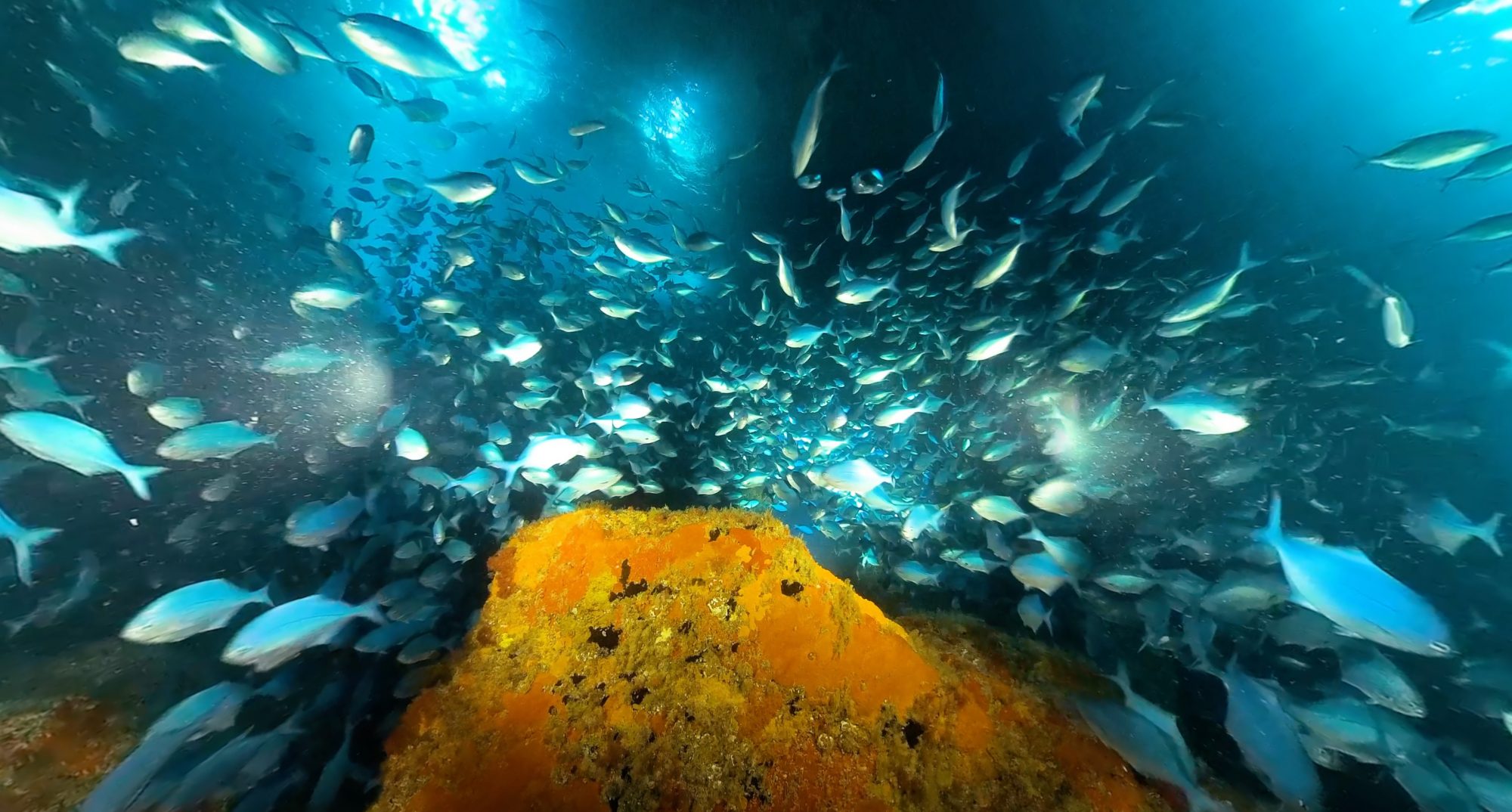
LOADING

![]()
![]()
Blue Maomao Arch, Poor Knights
Dive Blue Maomao Arch
Deep under Archway Island is a cavern swarming with blue maomao—a common schooling fish in New Zealand’s north. They seek shelter and protection in these caves, which are wallpapered with vibrant sponges and algae.
In all, there are 187 species of fish found at the Poor Knights, more than a third of them subtropical, benefitting from the warm East Auckland Current washing down the coast of the North Island.
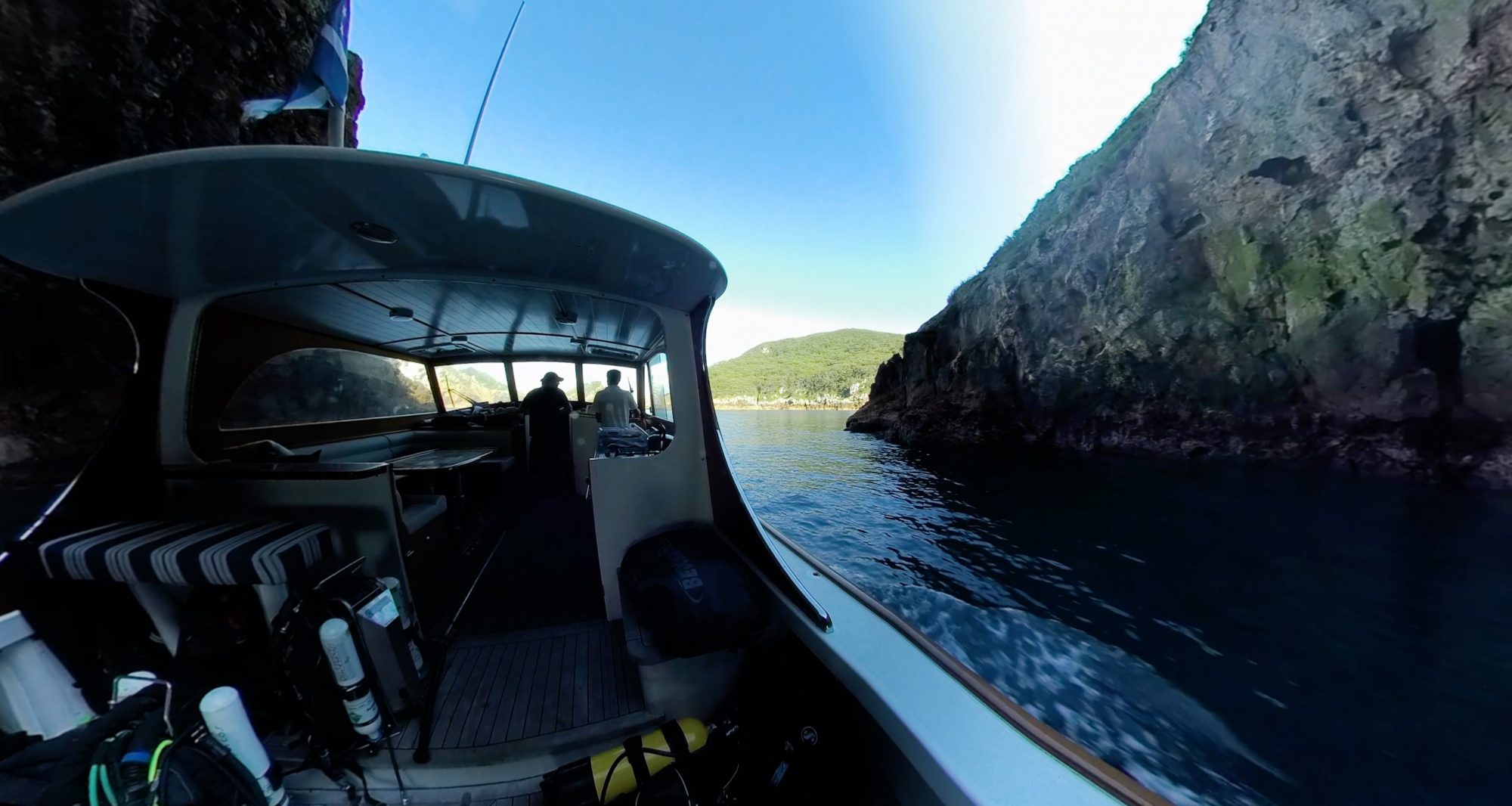
LOADING

![]()
![]()
Tunnel Arch, Poor Knights
Tunnel vision
Twenty kilometres off the Tutukaka Coast, the Poor Knights Islands are the remnants of an ancient volcano, shattered and penetrated by the sea. Enormous gas bubbles in the rock have resolved into sea caves big enough to drive a boat through.
Under the water the topography is equally complex, providing habitat for hundreds of species—some found in few other places on the New Zealand coast.

LOADING

![]()
![]()
Blue Maomao Arch, Poor Knights
Scooter with a scientist
Why swim when you can scoot? Marine biologist Lucy van Oosterom, our VR Producer, hitches a ride through clouds of blue maomao and past swathes of kelp.
Enthusiast divers who explored the wonders of the Poor Knights 60 years ago recall kingfish, snapper and hāpuku in numbers unheard of today, and schools of trevally that covered acres. With fishing still allowed within one nautical mile of the islands it’s likely the reserve is too small to protect these species and the decline will continue.
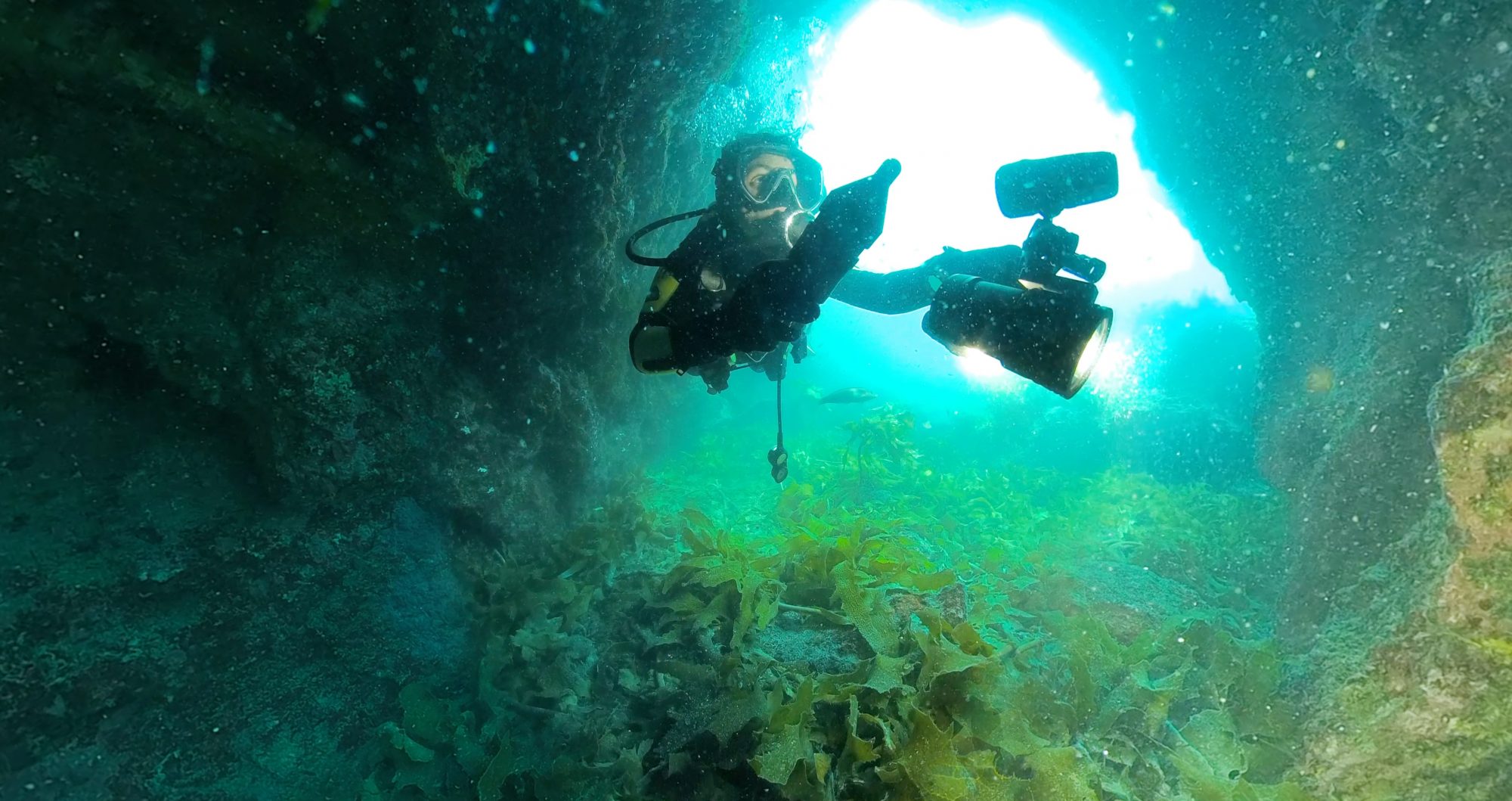
LOADING

![]()
![]()
Poor Knights Marine Reserve, Northland
Talking fish
Marine scientist Lucy van Oosterom wrote her Masters thesis on fish communication. Yes, fish talk, using a range of sounds that include pops, crackles and whistles, depending on the species.
In the sea caves of the Poor Knights, bigeyes crackle in the darkness to advertise their position and keep safe in the school.
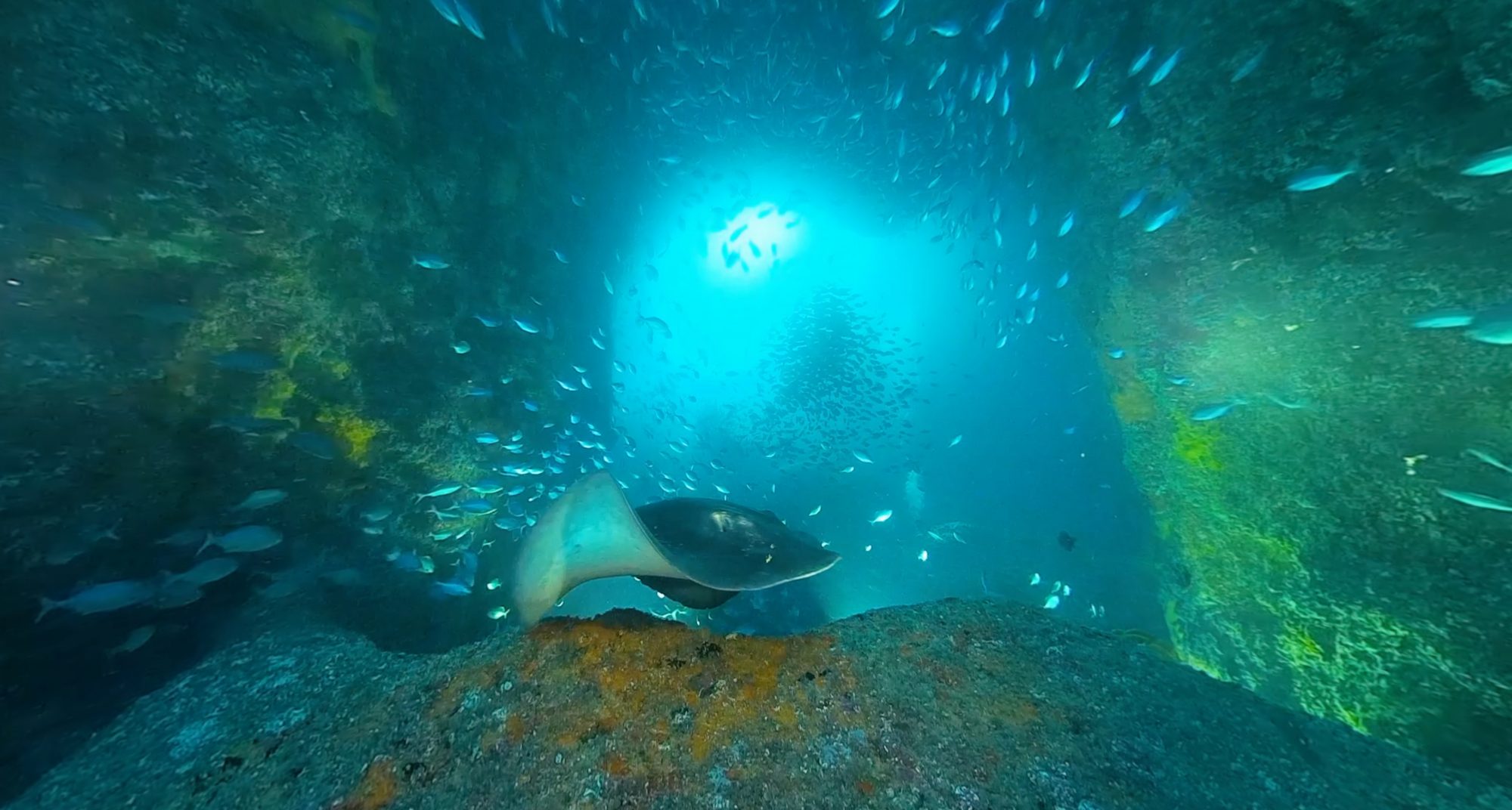
LOADING

![]()
![]()
The Pinnacles, Poor Knights
Dive Tie Dye Arch
South of the Poor Knights stand a crop of rocky spires called The Pinnacles. Under the largest is a cathedral-like cavern called Tie Dye Arch, named for the kaleidoscope of colours that clad every surface like graffiti. Blue maomao throng in the half-light, along with demoiselles, rays, trevally and other schooling fish. It’s an object lesson in why marine reserves matter.
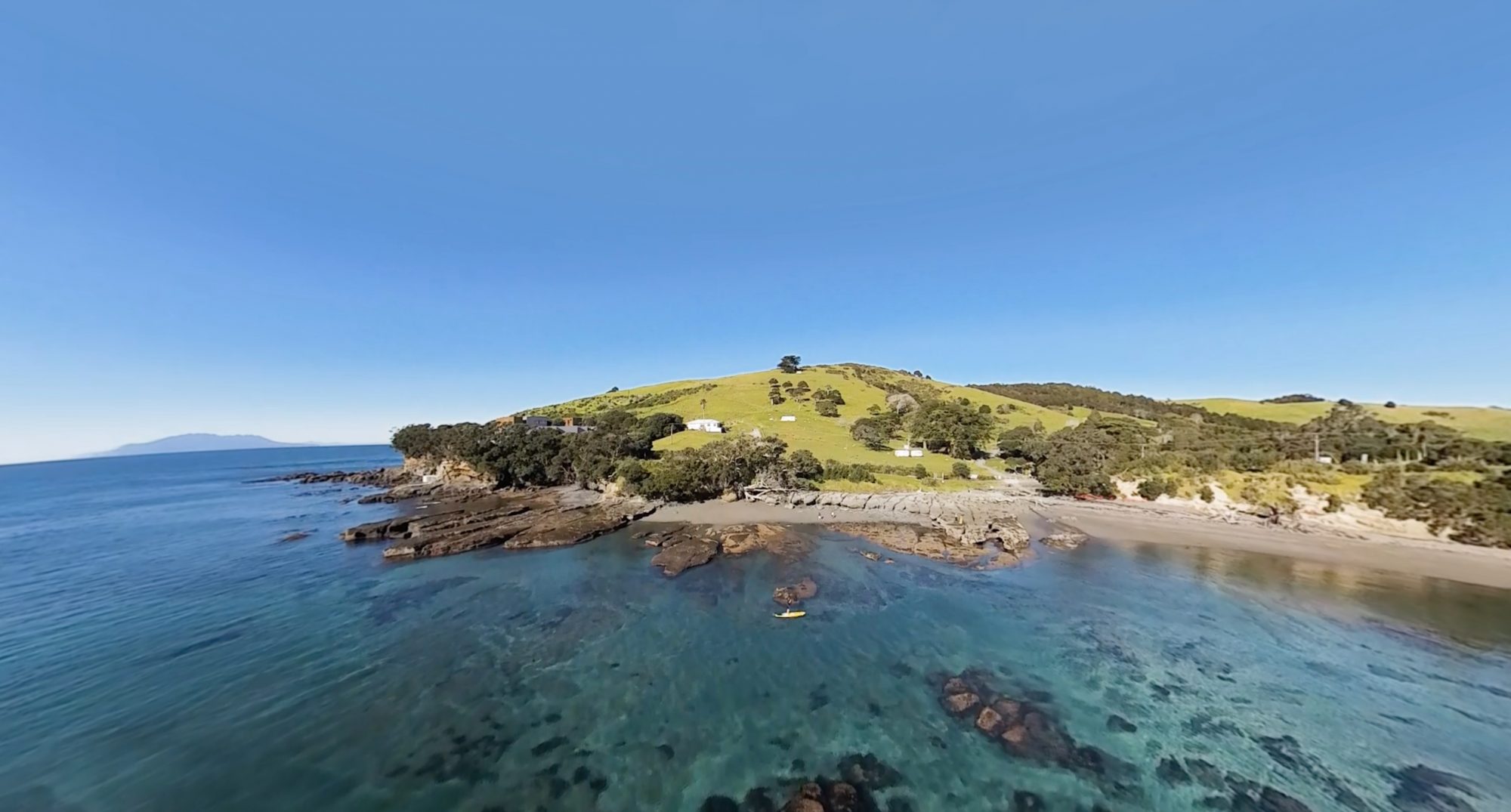
LOADING

![]()
![]()
Goat Island, Leigh
Soar above the snapper
Cape Rodney-Okakari Point Marine Reserve (Goat Island) marked the beginning of an environmental awakening. Established in 1977, it was the country’s first no-take marine reserve, and among first in the world too. It faced immense opposition at the time, but the public has since caught up with the conservation ideology and the scientific value that no-take reserves represent.
Pioneer diver Wade Doak calls these places ‘wet libraries’, sites that retain a physical memory of how most of our coasts once looked—for our reference, research and aspiration.
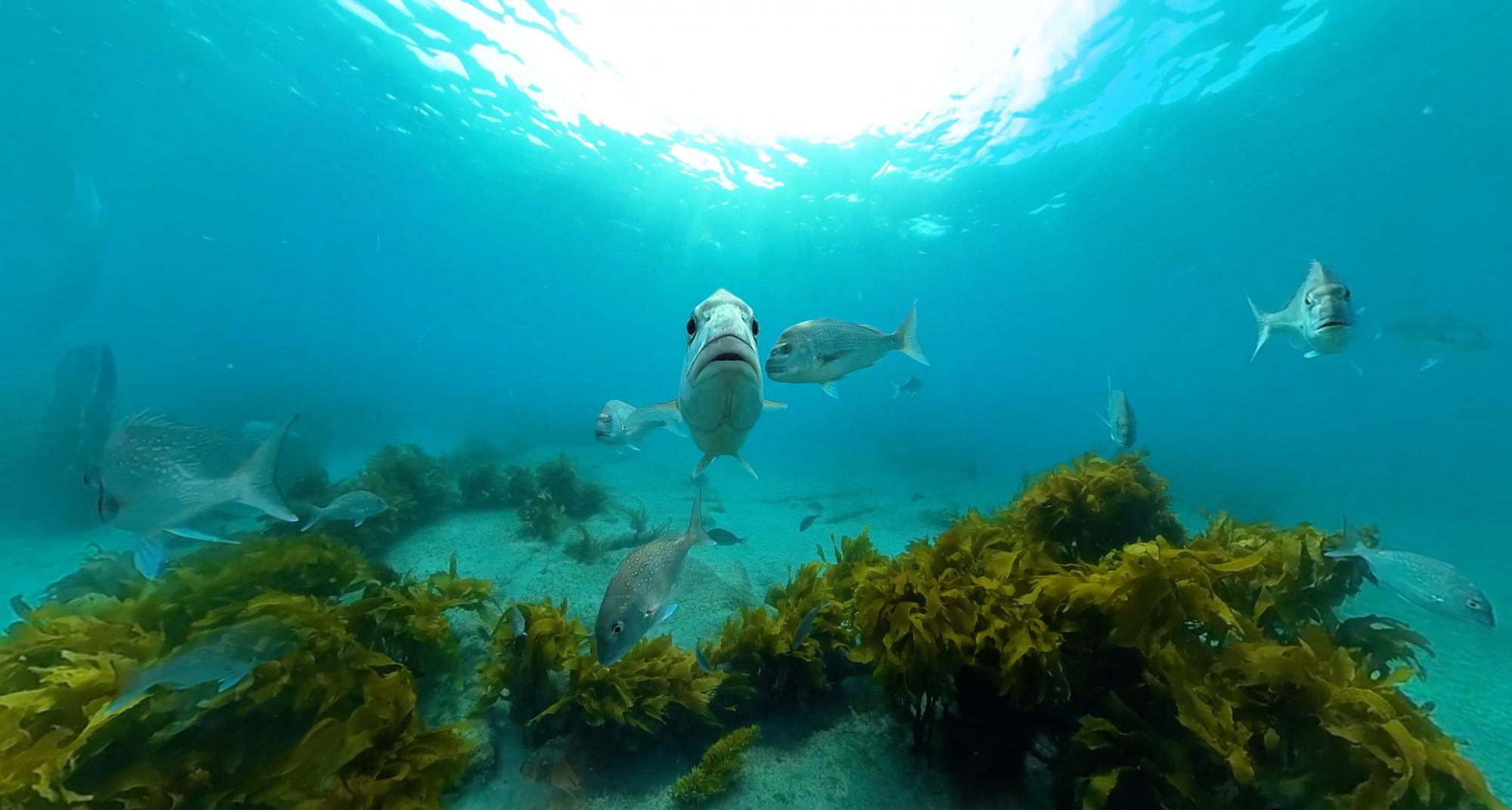
LOADING

![]()
![]()
Goat Island, Leigh
Snapper city
Snapper congregate in the shallows of Cape Rodney-Okakari Point Marine Reserve at an abundance and maturity that may closely reflect the original snapper populations of the Hauraki Gulf. There are three to four times the number of snapper inside the reserve as outside and up to ten times the number of crayfish.
Very old snapper—some known by name—are common in the reserve, a reminder that many fish live their entire lives on one reef. They are residents of the gulf, with relationships to other fish and sites that may come as a surprise to fishers who just reel them up. Also obvious at Goat Island are the flourishing kelp, sponges and algae that fall prey to armies of kina in sites where snapper are not protected.

LOADING

![]()
![]()
Goat Island, Leigh
Snorkel with EMR
Experiencing Marine Reserves is a national programme of experiential learning that allows anyone to borrow a mask and wetsuit, take the hand of a guide, and wade into the most pristine sites in New Zealand.
Every year thousands of Kiwis immerse themselves in the natural realm in this way, an experience that EMR hopes will engender empathy for the salty realm and promote public awareness and protection.










